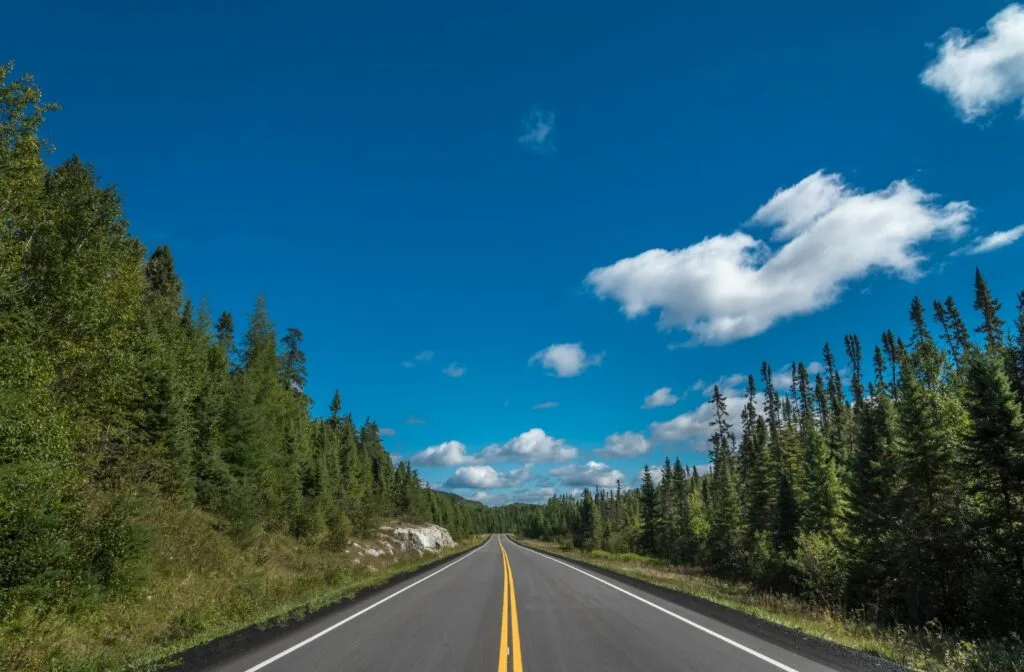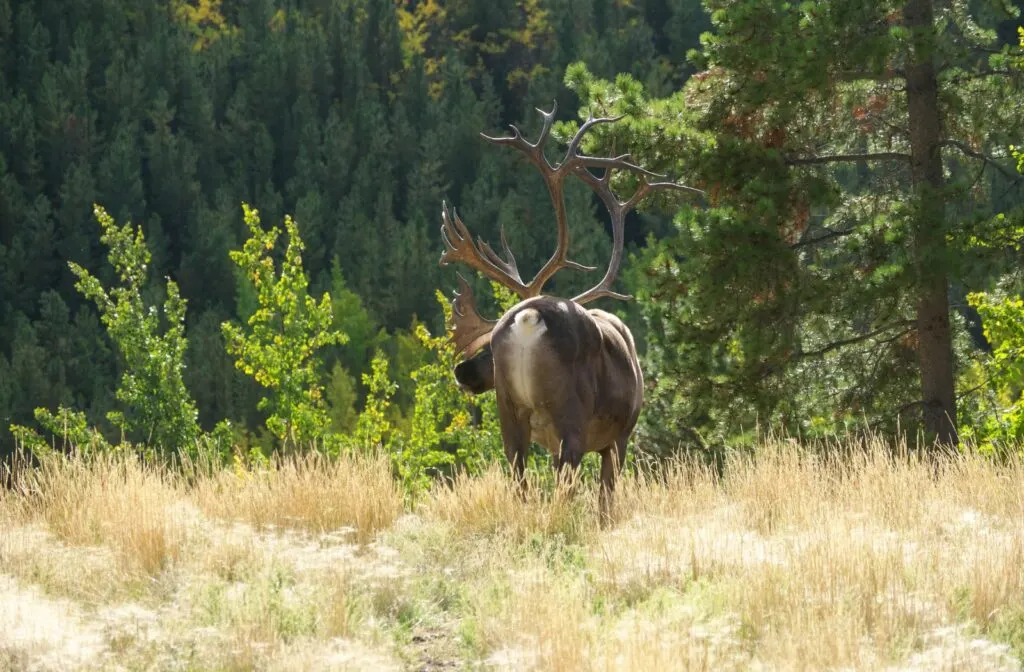Yes, you can – but only if you are within the US (Mainland) or Canadian borders.
Like Hawaii, Alaska is another US state that’s separated from the mainland. However, you can drive to Alaska, and it can be an incredibly memorable road trip.
So what exactly does the journey entail? What are the best routes? How long can it take? Is it worth it? We look at all the options available when taking the long road to Alaska.
Driving To Alaska
Alaska is a nature and wildlife lover’s dream paradise. It’s home to some of the most glorious wildlife like polar bears, and breathtaking National Parks. It’s also one of the only places you can witness some rare natural phenomena like the northern lights and the midnight sun.
But you might say – “why not fly to Alaska instead?” and to that we say – you are absolutely right!
That is definitely less time-consuming and hassle-free. But, we are major fans of long and unforgettably scenic drives, and this particular journey promises just that.
Routes Commonly Used When Travelling From The United States

You have several options to choose from when crossing borders from the United States to Canada to get to Alaska. These are the most popular ones:
U.S. Customs and Border Protection – Portal Point of Entry
This is one of the routes you’ll take if you travel from/through North Dakota. We are looking at a length of 4034 kilometres at the very least.
U.S. Customs and Border Protection – Fortuna Point of Entry
Here’s another route that’s also available if you are travelling through the state of North Dakota. Here, the distance will roughly be around, 4080 kilometres.
Piegan – Carway Crossings
This one is through the state of Montana. The distance you will travel upon passing the US borders is around 3480 kilometres.
Many travelling from the west coast tend to take this border crossing by entering Canada at Sumas (next to Vancouver).
Trans-Canada Highway
But for those travelling from the east side of the US, through Montreal of Canada, the route that awaits is the Trans-Canada highway.
It has to be the lengthiest since it starts from the east corner of the US, so the total distance any traveller would be travelling is about 5098 kilometres.
Where Does It All Connect To?
That’s the fascinating part, no matter where you are heading from (within the US or Canadian borders) every route you may take finally connects to one major road, and that is the Alaskan Highway – also known as Alcan Highway.
If you were under the impression that you were already on a scenic route – all we have to say is – you have seen nothing yet!
The snow-capped mountain sceneries begin to take larger shapes, and the green grassy landscape continues to create less distance between you and the stunning mountainscapes and you know you are almost there.
Fun fact: The highway was first opened to the public in 1948 during world war II. The existing route (through continuous work) is now roughly 2230 kilometres.
How Long Will It Take To Drive To Alaska?
Even though the distance is mostly a set thing, trip duration usually depends on factors like driving skills and weather conditions.
So, we can only make a rough estimate. The below table summarizes approximate travel times from different states:
| State | Time |
| New York | 73 hours avg. (approx. 8-9 days) |
| Main | 76 hours avg. (approx. 9-10 days) |
| Miami | 80 hours avg. (approx. 10-11 days) |
| New Orleans | 72 hours avg. (approx. 8-9 days) |
| Los Angeles | 60 hours avg. (approx. 6-7 days) |
| Washington | 45 hours avg. (approx. 6 days) |
| Dallas | 65 hours avg. (approx. 7-8 days) |
| Chicago | 59 hours avg. (approx. 7 days) |
Points To Remember When Planning The Journey
- The route that you travel on after passing the US-Canada border can roughly be around 33 hours.
- You’ll be passing the US border into Canadian territory and once again stepping into US territory when you reach Alaska – meaning you’ll be passing 2 international borders on your way to Alaska and on your way from Alaska, so bring your passport.
- Make sure you bring your maps (or download them to your smartphones)
- Bring your portable charges, especially if you are going to depend on your smart devices a lot – BUT keep in mind that in areas like British Colombia, Alberta and Yukon, you will experience a major signal drop on your phones – be ready for those.
- The route is beautiful, but you can experience some tricky terrains at times along the way. Simply make sure to take necessary tools like spare tires and tools. And make sure to give your vehicle a quick check-up at the next place you stop.
Sights To Enjoy En-route

Maybe you’re anticipating exploring the sights in Alaska, but that doesn’t mean you can’t enjoy some lovely destinations en route. As they say, it’s not just the destination, it’s also the journey.
Yukon Wildlife Preserve
This is a definite must-visit in our books. Why? Well, it’s a 350-acre land that is home to over 12 wildlife species, including the Wood Bison, Lynx, Muskoxen, Moose and more. It’s breathtaking in more ways than one.
You can do a tour on foot, or they have a bus tour available from 12 p.m. to 2 p.m. daily. See how you can fit that into your plans and make it work – because it’s worth seeing.
Liard Hot Springs
This is another must-visit location. We are talking about 8 public pools simmering in temperatures between 108-126 °F. It’s open throughout the year, and with each season it brings in a different scenic experience that’s absolutely magical.
Frequently Asked Questions About Driving To Alaska
What’s the best time to drive to Alaska?
The ideal season is the late spring or summer season.
Can you drive to Alaska during winter times?
Yes, but even if the roads are well maintained, during winter, the remote parts can be more gruelling and stressful to drive through.
Is the route challenging?
If this is your first time travelling such a ridiculous length, then yes – a bit.
Do you need to bring extra cans of gas?
Most travellers who have done the distance will answer no. There are plenty of fuel stations along the more frequently used routes.
Just don’t take chances with uncharted trails – that’s usually how you end up in Hollywood horror movie scenarios.
What essential supplies should you bring?
Road trips usually require many crucial travel essentials. These are items you should not miss:
- First aid kit/medicine
- Spare tyres
- Basic toiletries
- Water
- Extra attire
- Portable charger for your smart devices, multi-plugs etc.
- Vehicle tools
- Cash (Canadian Dollars and US Dollars)/Credit card
- Identity documentation (like the passport)
- Emergency tools like torches, spare batteries, maps etc.

